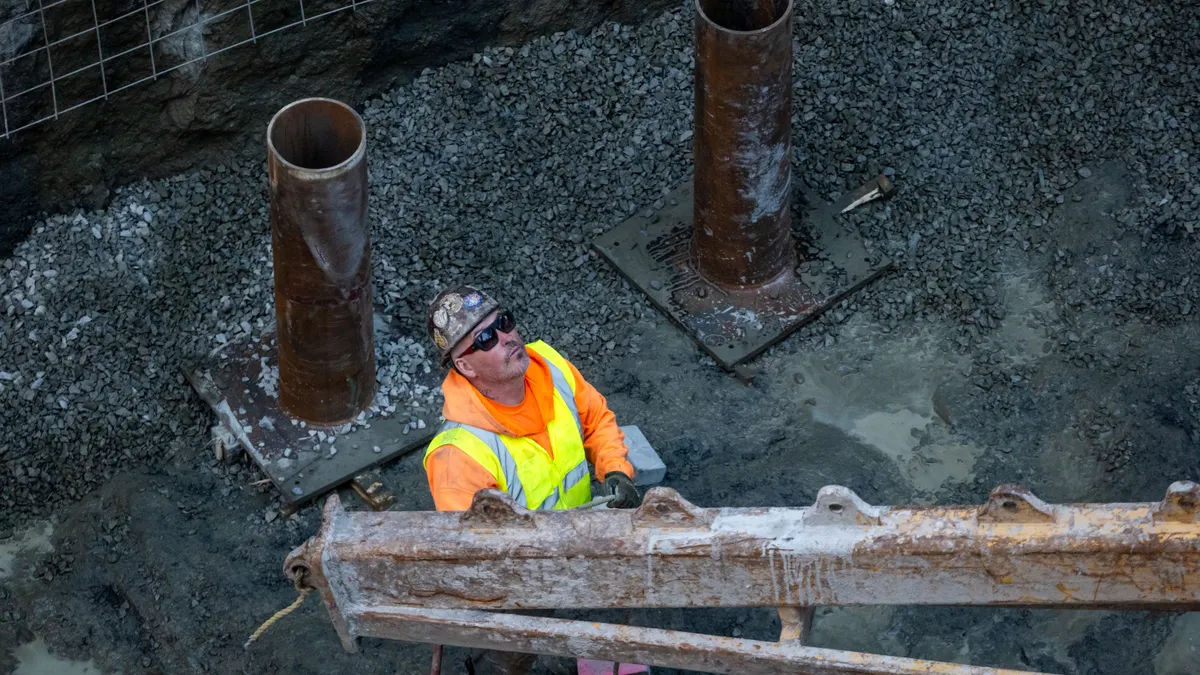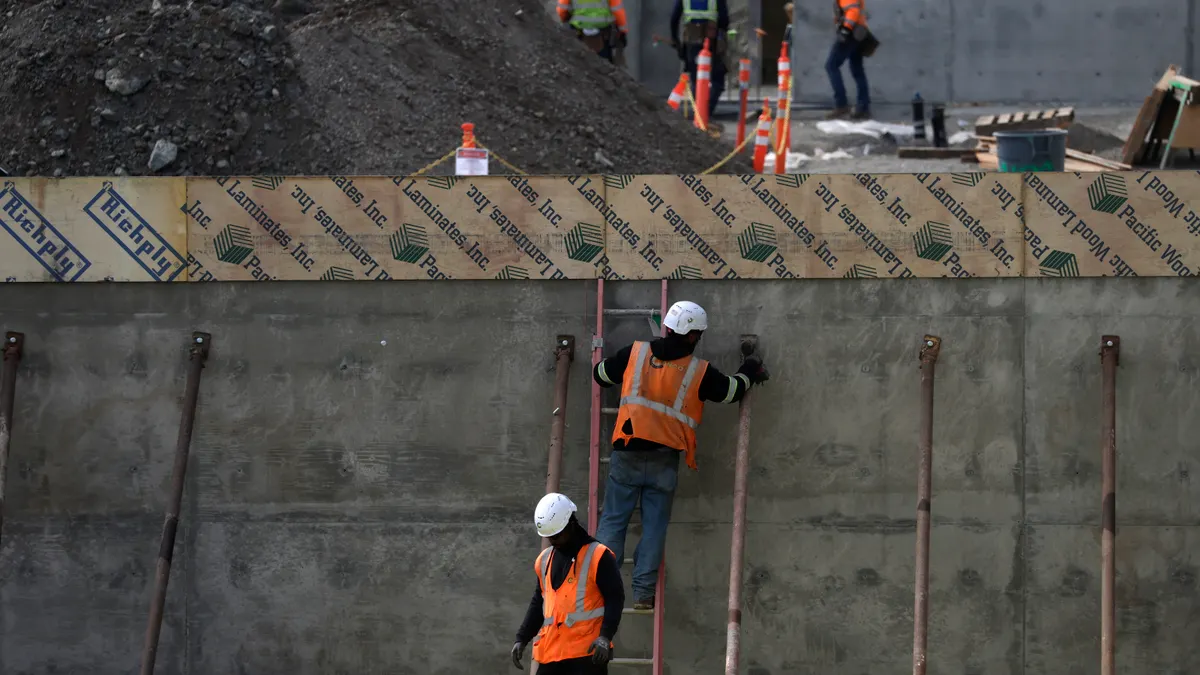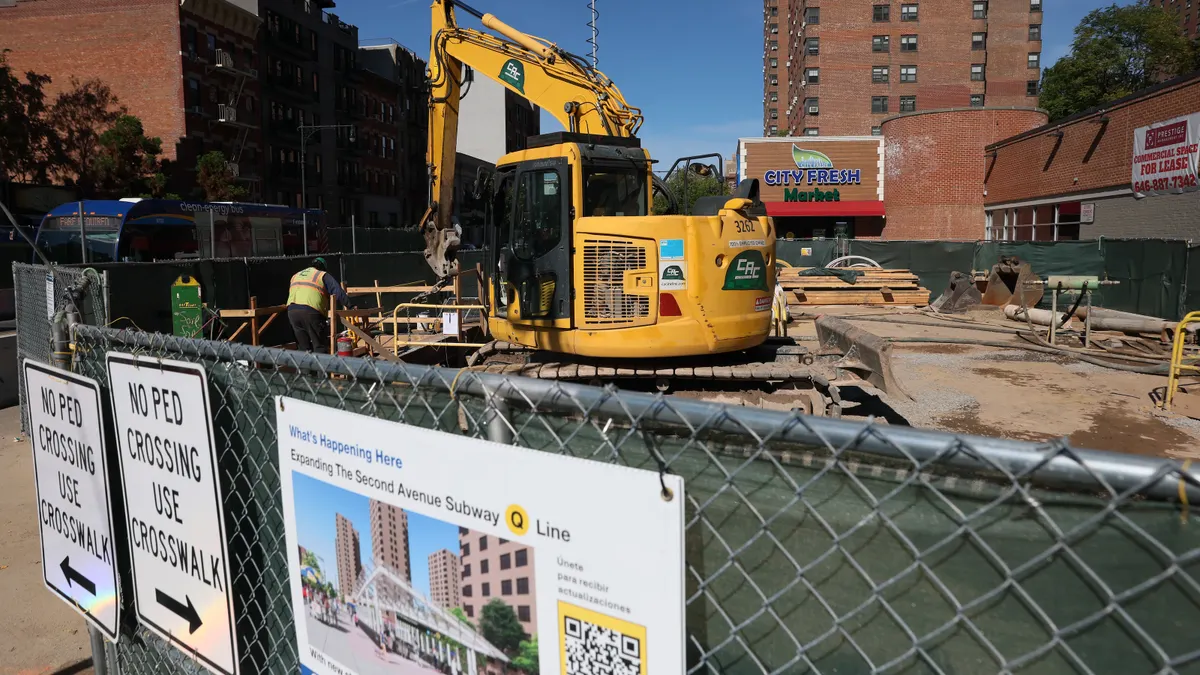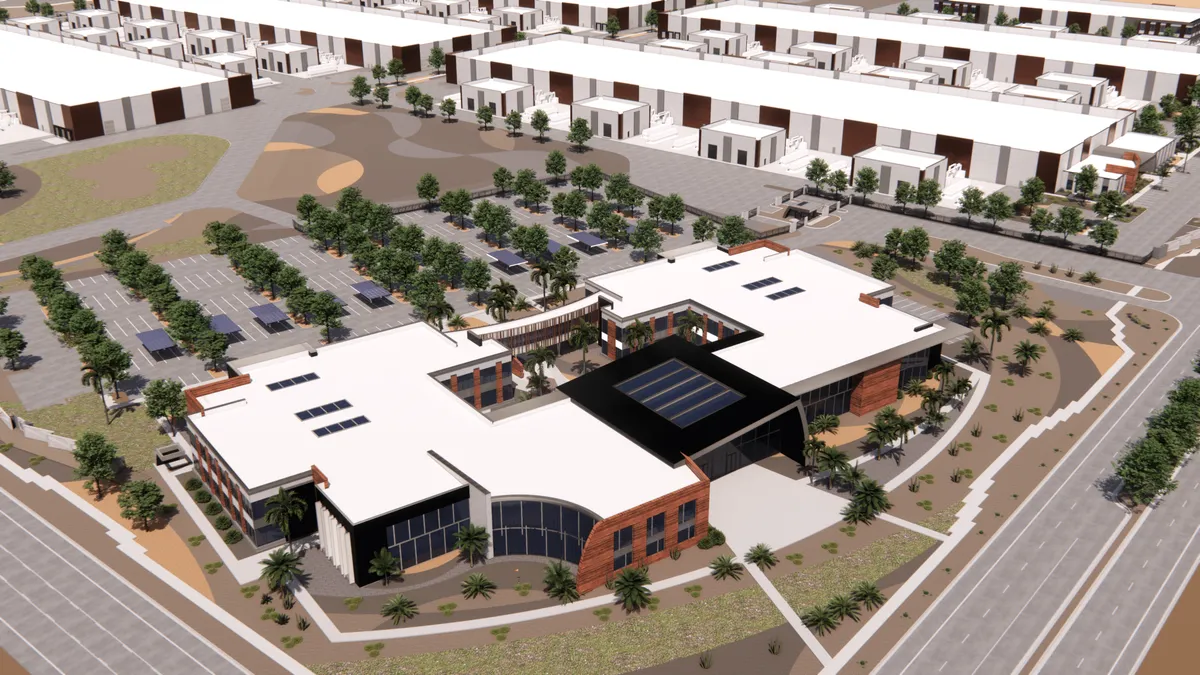The residential construction industry's recovery has moved along a slow and steady path as the housing market struggled to find its footing after the crash eight years ago. Despite the lack of surging growth in homebuilding, economists are optimistic about the industry's future — especially now that the market has been able to move past the boom and bust ramifications. In fact, during a webinar Wednesday, Len Kiefer, deputy chief economist at Freddie Mac, said he expects 2016 to be housing's "best year in a decade."
The webinar also featured National Association of Home Builders Chief Economist Robert Dietz and NAHB Senior Economist Robert Denk, who — along with Kiefer — offered their predictions for the future of residential construction.
Single-family construction surging
The single-family market is expected to see the strongest growth this year, as Dietz predicts 2016 will be the first year since the crash that single-family construction will outpace multifamily. His forecast includes a 14% rise in the sector this year and a 19% surge in 2017. "We see growth accelerating in 2017 as more workers and more lots are added," Dietz said during the webinar.
He noted that although the recovery has been a "slow process," market conditions are ripe for a more powerful upward trend in the coming years. Although some economists have pointed to millennials' tendency to rent, Dietz added that most surveys reveal "most want to live in a single-family home in the suburbs." With more buyers pouring in, he predicted that more builders will see major demand in the remainder of 2016 and through 2017.
Multifamily growth slowing down
The multifamily sector has been sizzling in recent years, with rental demand skyrocketing after the recession. "It has really led the residential construction industry in the recovery," Dietz said. He pointed to "the sheer number of millennials" as the driving factors behind the market's success.
However, experts predicted that the extreme growth in multifamily will soon start to level off. Dietz forecast a 4% dip in multifamily starts this year and only a 6% gain in 2017. This slowdown will likely result from millennials making the switch from renting to owning, as well as older buyers recovering from the effects of the recession and re-entering the housing market, according to Dietz.
Builders still facing shortage of lots, labor and lending
Despite the positive predictions for the industry, economists emphasized the obstacles that continue to hinder new construction. Dietz referred to the three major issues as the "3 Ls": labor, lots and lending. These concerns have contributed to the lack of a consistent upward trend in the NAHB/Wells Fargo Housing Market Index, a pattern that reveals builders are still "cautiously optimistic" about the market, according to the NAHB.
Labor shortages have plagued both residential and nonresidential construction for years, and contractors have indicated the situation likely won't ease anytime soon. "Labor was the top business challenge in 2015, and it's expected to be the top business challenge in 2016," Dietz said. "Employment in the industry could be growing faster given the existing demand for housing and stagnant existing home inventory levels, and we can’t grow faster due to this labor challenge."
Lot availability and lending constraints are connected, as builders have reported difficulties securing acquisition, development and construction loans and finding available lots, according to Dietz. "In some ways, I think (lots) will come to challenge labor as the top business challenge," he said. "We've got modest levels of production but high rates of builders saying lot supplies are a challenge."
Tight housing supply an ongoing concern
Tight housing inventory is another aspect of the residential market that experts predict will continue to pose a problem. An April Zillow report found the number of available entry-level homes has plunged 10% in the last year, causing prices to skyrocket in at least 50% of the country's largest markets. Builders and trade associations have attributed the lack of new construction to labor shortages and increased regulation, as the NAHB testified to Congress last month that regulations can add up to 25% to the cost of building a home.
"Housing supply has gone from surplus to shortage," Kiefer said during the webinar. "The demand is there. Interest rates are low. Folks are showing up to buy, but there isn't inventory." First-time buyers are most affected by this lack of inventory, as a March Trulia report found that starter home inventory declined nearly 44% over the last four years and that the segment's prices have increased by 5.6%. "(Inventory is) desperately needed in a lot of these markets," Kiefer added.
Housing's best year in a decade?
Although the economists pointed to obstacles hindering stronger growth in the market, Kiefer said he predicts housing will have its "best year in a decade" in terms of home sales. Low mortgage rates and strong buyer demand — especially due to demographic changes and aging millennials jumping into homeownership — will create a healthy market environment for builders, according to Kiefer.
"We're optimistic," he said. "We think this will be the best year for housing since 2006. There are a lot of tailwinds for housing."





















